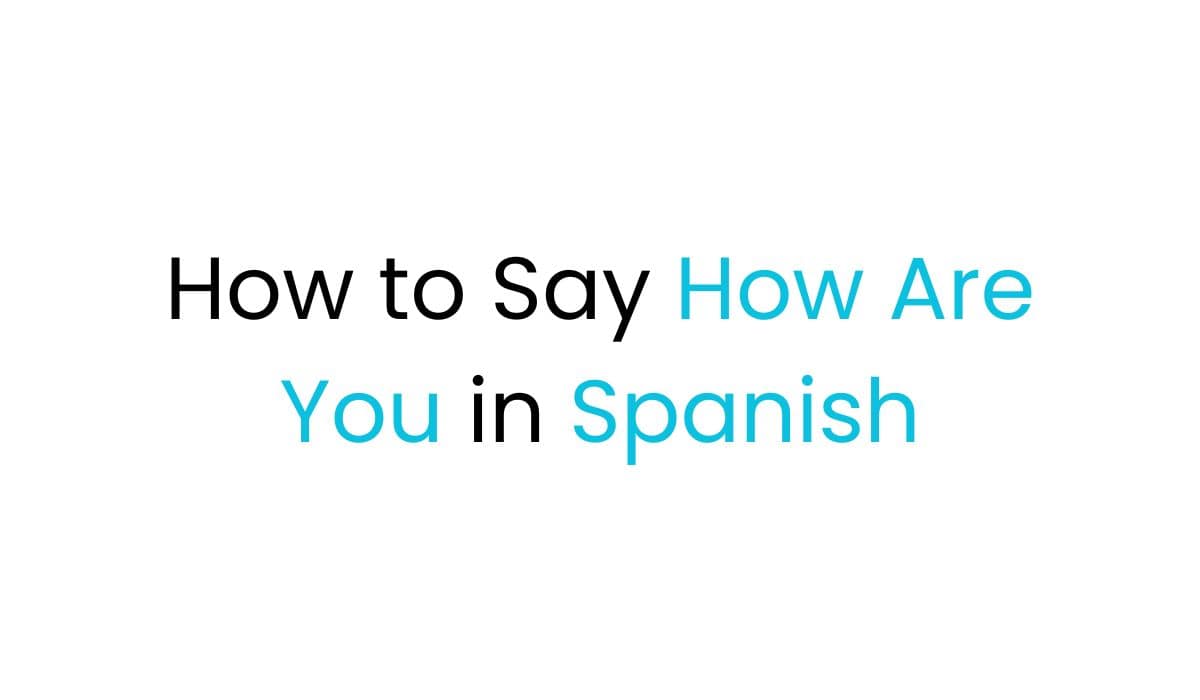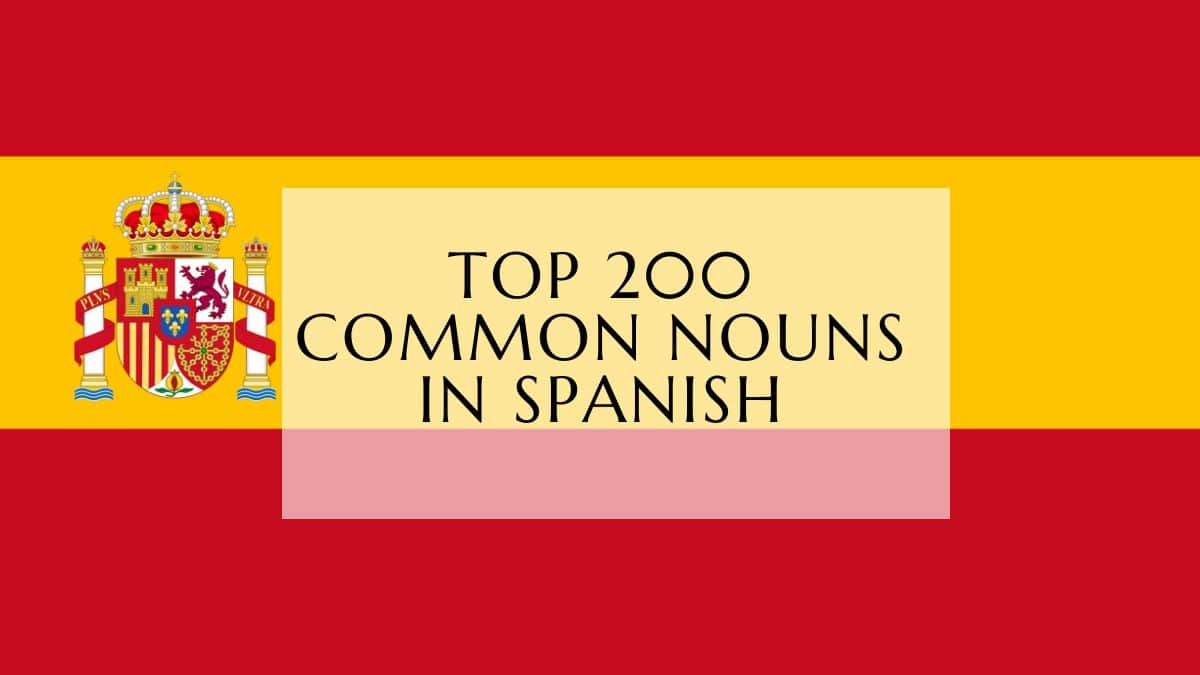Learning Spanish means getting good at greetings, and asking “How are you?” is key. This guide will teach you how to say “¿Cómo estás?” (ko-mo ehs-tahs) and other greetings. It’s perfect for beginners and those who already know some Spanish.
In Latin America and Spain, people use many ways to ask about someone’s health. You’ll learn from the usual “¿Cómo estás?” to casual ones like “¿Qué onda?” (keh on-dah?) in Mexico or “¿Cómo andás?” (ko-mo an-dahs?) in Argentina. Knowing these phrases helps you talk everyday and connect better with people who speak Spanish.

Introduction
In Spanish culture, greetings are very important. They show respect, politeness, and care for others. Learning to ask “How are you?” and answer right is key for making friends and getting along in Spanish-speaking places.
Importance of Greetings in Spanish Culture
Greetings in Spanish culture are more than just saying hello. They help build connections, show respect, and bring people together. People usually wait only 200 milliseconds to respond, showing how crucial good greetings are.
Why Learning Different Ways to Say “How Are You” Is Important
Spanish is spoken in many countries, each with its own way of speaking. Learning different ways to say “How are you?” helps you talk better with people from various places. It lets you fit in, be more polite, and really get into the culture.
It doesn’t matter if you’re just starting or already speak Spanish well. Getting good at greetings can help you make real friends and understand Hispanic traditions better.
Formal Ways to Say “How Are You” in Spanish
In Spanish, how you greet someone depends on the formality and your relationship with them. For elders, superiors, or strangers, you use the “usted” form. Examples are “¿Cómo está usted?” and “¿Cómo se encuentra usted?”. For groups, use the “ustedes” form, like “¿Cómo están ustedes?” and “¿Cómo se encuentran ustedes?”.
Singular Formal Expressions
- ¿Cómo está usted?
- ¿Cómo se encuentra usted?
- ¿Qué tal está?
- ¿Cómo le va?
Plural Formal Expressions
- ¿Cómo están ustedes?
- ¿Cómo se encuentran ustedes?
- ¿Qué tal les va?
- ¿Cómo les va a todos?
| Formal Singular Expressions | Formal Plural Expressions |
| ¿Cómo está usted? | ¿Cómo están ustedes? |
| ¿Cómo se encuentra usted? | ¿Cómo se encuentran ustedes? |
| ¿Qué tal está? | ¿Qué tal les va? |
| ¿Cómo le va? | ¿Cómo les va a todos? |
These formal expressions are key in professional settings, with elders, or when meeting strangers or those in authority. Knowing these greetings is crucial for cultural respect and etiquette in Spanish-speaking areas.
Informal Ways to Say “How Are You” in Spanish
When talking to friends, family, or the young, Spanish speakers often use casual ways to ask about well-being. These phrases show a friendly and relaxed tone. They also help build a connection and rapport.
Common Informal Expressions
- “¿Cómo estás?” (How are you?)
- “¿Qué tal?” (How’s it going?)
- “¿Cómo andas?” (How are you doing?)
“¿Cómo estás?” is a basic and neutral way to ask “how are you?” It’s one of the most common greetings in Spanish.
Regional Variations
Spanish dialects vary a lot across regions. Some expressions are more common in certain countries. For example:
- In Spain, the informal plural form “¿Cómo estáis?” (using the “vosotros” pronoun) is quite common.
- In Mexico, popular informal greetings include “¿Qué onda?” and “¿Qué tranza?”
- Argentina has its own regional variations, such as “¿Cómo andás?” and “¿Qué contás?”
Knowing these regional expressions can help learners of Spanish communicate better. It also helps them connect with people from different backgrounds.
How are you in Spanish
The most basic ways to ask “How are you?” in Spanish are “¿Cómo estás?”, “¿Qué tal?”, and “¿Cómo te va?”. These phrases work well with both formal and informal people.
Standard Ways to Ask “How Are You?”
To greet someone in Spanish, you can say “¿Cómo estás?”. This means “How are you?” and is good for casual chats. Another way is “¿Qué tal?”, which also means the same thing.
For more formal situations or when showing respect, say “¿Cómo le va?”. This is the polite version, using “usted” instead of “tú”.
Slang and Colloquial Expressions
Spanish has many slang and informal ways to greet friends. For example, you can say “¿Qué onda?”, “¿Qué pedo?”, “¿Qué show?”, or “¿Qué rollo?”. These make conversations more fun and casual.
These informal greetings change by region. “¿Qué onda?” is popular in Mexico, while “¿Qué pasa?” is more common in Spain. Knowing these regional phrases helps you sound more natural in different places.
How to Respond to “How Are You?”
When you hear “How are you?” in Spanish, it’s key to match the formality. Saying “Bien, gracias. ¿Y usted?”, “Muy bien, gracias por preguntar. ¿Y usted?”, or “Bien, gracias, y a usted, ¿cómo le va?” is polite. These phrases show respect and care for the person asking.
Formal Responses
- Bien, gracias. ¿Y usted? (Fine, thank you. And you?)
- Muy bien, gracias por preguntar. ¿Y usted? (Very well, thank you for asking. And you?)
- Bien, gracias, y a usted, ¿cómo le va? (Good, thank you, and you, how are you doing?)
These formal answers show respect and answer the question nicely. They’re best used in professional or formal situations. This includes talking to a boss, an older person, or someone you don’t know well.
| Formal Response | Meaning | Appropriate Usage |
| Bien, gracias. ¿Y usted? | Fine, thank you. And you? | When speaking to a formal acquaintance, superior, or in a professional setting. |
| Muy bien, gracias por preguntar. ¿Y usted? | Very well, thank you for asking. And you? | When speaking to an elder, authority figure, or in a formal business environment. |
| Bien, gracias, y a usted, ¿cómo le va? | Good, thank you, and you, how are you doing? | When addressing a stranger, superior, or in a professional setting where a more extended response is appropriate. |
“Responding to a formal ‘How are you?’ in Spanish is all about matching the level of respect and formality. Using the right expressions can make a great impression and show that you understand the cultural nuances.”
Intermediate and Advanced Expressions
As you get better at Spanish, you can learn more ways to ask about someone’s health. You can say “¿Cómo ha sido tu día?” (How was your day?), “¿Te sientes mejor?” (Are you feeling better?), or “¿Cómo va todo?” (How’s everything going?). These phrases show you know more Spanish and help you talk in a deeper way.
Oualid Cheddadi is the founder of Lingualid, a platform that inspires independent language learners worldwide, regardless of the language they are learning. The name “Lingualid” is derived from the Portuguese word for “language,” “língua,” and the last three letters of Oualid’s name, “Lid.”



